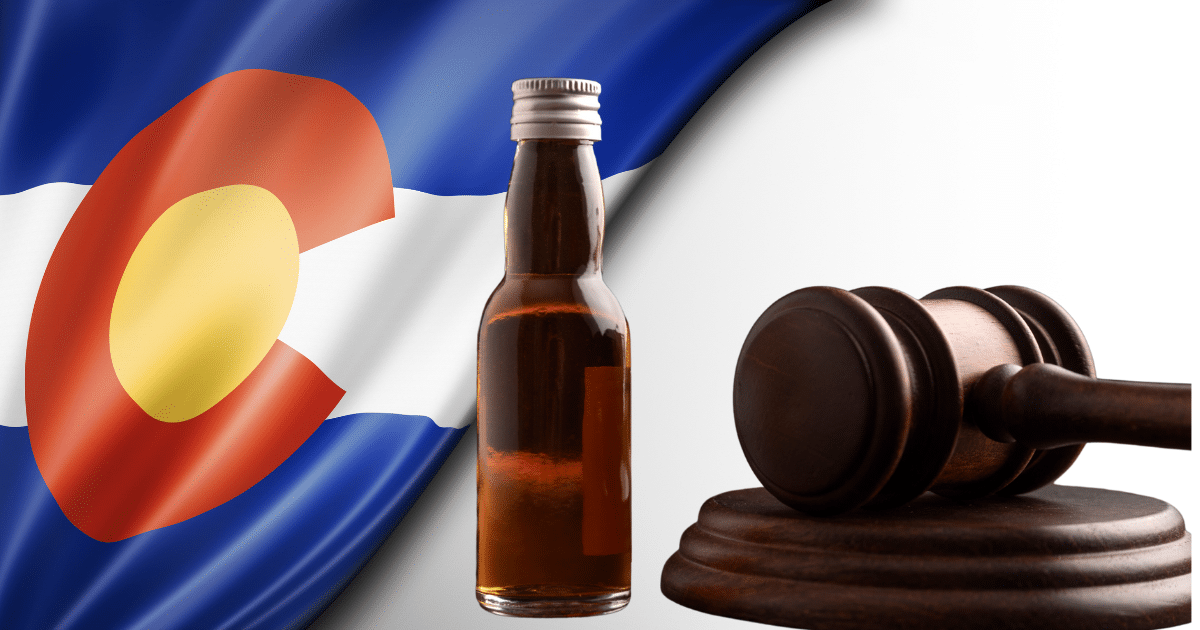hol e Alcohol Rehab in Indiana can be helpful for patients who are looking to overcome their respective substance abuse problems. Whether the issue is actually just alcohol, or whether it is a combination of problems such as prescription and illicit drugs and a mental health disorder, alcohol treatment centers can help with whatever situation that you may be dealing with.
If you are looking into treatment opportunities, looking locally is a good place to start as there may be a number of great treatment centers nearby that can help you. Landmark Recovery is one drug and alcohol rehab In Carmel, Indiana that can offer you or your loved one the highest quality of care possible.
How to Find Alcohol Rehab In Indiana
If you are searching for a recovery treatment center that can help you or your loved one with a substance abuse problem, whether it is drugs or alcohol, there are a number of alcohol rehab centers in Indiana that can help patients overcome the issues related to addiction. At inpatient alcohol rehab in Indiana, patients will be given the tools and knowledge that they need to overcome and adapt to their issues related to substance abuse.
There are a number of things that you should look for when searching for help, but before we look at that, let’s take a look at alcohol use disorder and what that problem looks like.
What Is Alcohol Dependence?
Alcohol dependence, also known as alcohol addiction, is a serious and complex issue that affects millions around the globe. In the United States, specifically, an estimated 14.5 million adults (ages 18 and older) struggle with alcohol use disorder (AUD). This represents nearly 6% of the U.S. adult population. Moreover, there are an estimated 88,000 alcohol-related deaths annually in the U.S.
Obviously, alcohol use disorder and addiction are big issues across the country, but what exactly is alcohol dependence? For most people, moderate alcohol use is not harmful, however, because of how prevalent alcohol use disorder is across the country, it is important to learn more about the problem and what you can do to make it better. The first thing that is important to be aware of is that alcoholism, or alcohol dependence, is a disease.
This means that it needs to be treated like any other form of the disease you would treat like cancer. Alcoholism is something that causes numerous problems including cravings, loss of drinking control, physical dependence, and a buildup of tolerance. One of the biggest issues associated with alcoholism is withdrawal symptoms that occur when someone has become dependent on the drug.
Alcohol Withdrawal
When it comes to alcohol use disorder (AUD), withdrawal is a huge issue that can cause harmful, and even life-threatening problems. There are a number of symptoms associated with alcohol withdrawal, including the following:
Tremors
Tremors, or shakes, is something that generally occurs five to 10 hours after someone has had their last alcoholic drink. This trembling can also be accompanied by a rapid pulse, and increase in blood pressure, rapid breathing, nausea, vomiting, sweating, and more.
Hallucinations
Alcohol hallucinations will generally start 12 hours to a day after the user has their last drink and can last as long as two days. When this occurs, many people who hallucinate will see multiple small, similar, moving objects. Sometimes people will see things such as falling coins or crawling bugs. These hallucinations can be detailed and frightening.
Seizures
Seizures are like sudden electricity in the brain that can make your body move in involuntary ways without you wanting it to. They can prove to be life-threatening withdrawal symptoms. Symptoms can occur as quickly as six hours after a person’s last drink or 48 hours after the last drink. In some extreme cases, seizures can last for several hours.
Delirium Tremens
Delirium tremens (DTs) is one of the most severe forms of alcohol withdrawal and involves sudden and problematic mental and nervous system changes. It’s an acute psychosis that commonly begins two-to-three days after the last alcoholic drink. DTs can cause dangerous shifts in your circulation, breathing and temperature regulation. It can cause the heart to race and blood pressure to increase dramatically. It can even temporarily reduce the amount of blood flow to the brain.
These are just some of the common problems associated with alcohol use disorder and alcohol dependence. If you are looking at these symptoms and seeing anything familiar, it may be time to take a step back and look at your or your loved one’s situation.
Do I Have A Drinking Problem?
If you are wondering if you or your loved one has a drinking problem, there are a few things that you can look at specifically to better understand if there is actually an issue.
Let’s take a look at and define some drinking patterns that are common.
Binge Drinking
It should be noted that not everyone who engages in binge drinking struggles with alcohol addiction. On average, one in six U.S. adults binge drinks about four times a month. Binge drinking has a number of health problems associated with it including unintentional injuries like car crashes, increased risk of cancer, chronic diseases, memory problems, and alcohol dependence.
Binge drinking is defined as a pattern of drinking that brings your blood alcohol concentration levels to 0.08. This typically occurs after 4 drinks for women and 5 drinks for men in a two hour period.
Heavy Alcohol Use
The Substance Abuse and Mental Health Services Administration defines heavy alcohol use as binge drinking on five or more days in the past month.
Overall, this type of drinking can lead to serious consequences, even death if the issue is not handled correctly. Heavy alcohol use is a serious sign of alcoholism and alcohol use disorder, ignoring this sign can cause a number of different problems.
Low-Risk Drinking
When it comes to alcohol use disorder, it is important to look at how many drinks someone is having per week. For women, low-risk drinking is defined as no more than 3 drinks on a single day and no more than seven drinks per week. For men, it is defined as no more than 4 drinks on a single day and no more than 14 drinks per week. Research from the National Institute on Alcohol Abuse and Alcoholism shows that only about 2 percent of people who drink within these parameters show signs of alcohol use disorder.
Looking at each of these drinking patterns and identifying where you or your loved one line up is an important step in determining if there is a substance abuse problem in place.
When looking at alcoholism and alcohol use, you shouldn’t just look at the country altogether, it can sometimes be better to look at a specific state to see how these problems are affecting a particular population.
Alcoholism In Indiana
Indiana is one state that has a number of problems related to substance abuse issues. And while opioids and illicit drugs seem to be the biggest problems in those states, alcohol is not something that should be overlooked.
According to government data, alcohol is the most frequently used substance in the state of Indiana. Moreover, the rates of alcohol misuse and physical dependence were similar in Indiana and the nation. And, according to treatment data, the largest percentage of admissions to substance abuse treatment facilities was due to alcohol.
To get a better understanding of the situation, data from the CDC estimates that 88% of the deaths in Indiana and the nation are attributable to alcohol.
While alcohol is a big issue across the nation and in Indiana, there are treatment options available to help patients overcome any substance abuse problems that they may face including alcohol.
Professional Help For Alcohol Addiction
Now that you have a better understanding of the situation in the state, and the nation overall, you may be wondering how effective treatment is, or if it is effective at all. Hwoever, there is widespread evidence that alcohol treatment can be effective in helping people quit and stay off the substance.
In fact, after the first year of treatment, overall alcohol consumption was reduced by 87 percent and alcohol-related problems overall decreased by 60 percent.
Overall, drug and alcohol treatment is something that can be incredibly helpful for people who are dealing with substance abuse-related problems. Many times, people know that they have an issue but they may not know how or where to go to get help.
Treatment facilities can be confusing, however, there are a few certain things that you can look for to ensure that the facility that you are looking into can provide you or your loved one with the quality of care that you need to maintain and stay committed to long-term recovery.
Finding An Alcohol Rehab Center
To find an alcohol rehab center in Indiana, start by considering your needs and preferences, such as location, program type and cost. For example, you should ensure that the facility that you are interested in offers patients access to a medical detox program.
Why Medical Detox is Important in Treating Alcohol Addiction
Medical detox is a vital aspect of alcohol treatment that helps patients manage withdrawal symptoms when they stop drinking. It’s crucial to have this done in a medical and professional setting rather than attempting an at-home detox, which can be dangerous and life-threatening if not handled properly.
In addition to medical detox, it’s essential to choose a facility that offers evidence-based care plans. For example, cognitive behavioral therapy (CBT) is an effective form of therapy that helps patients identify the stimuli that trigger their alcohol use and change their thought patterns.
It’s also important to look for a facility that offers assistance after the inpatient rehab program is complete. Many facilities provide patients with discharge plans and access to intensive outpatient treatment programs that offer continued care and support.
What are the Next Steps?
There are a number of different recovery centers available nationally and locally. Local treatment centers can provide a high level of care for a more affordable price than some other facilities. Landmark Recovery is a treatment center that offers patients a comprehensive approach to treatment. At Landmark, we have evidence-based care plans in place as well as a discharge plan ready to go to help patients following their initial residential stay at our facilities.
Landmark Recovery has several drug and alcohol rehab centers in Indiana that are dedicated to providing patients with access to the highest quality of care possible. We understand that addiction is a disease but it is not one that you have to deal with alone. If you are worried that your loved one’s struggling with addiction, call and speak to a recovery specialist. You can also visit one of the following Indiana locations:

Choose Recovery Over Addiction
We're here 24/7 to help you get the care you need to live life on your terms, without drugs or alcohol. Talk to our recovery specialists today and learn about our integrated treatment programs.




